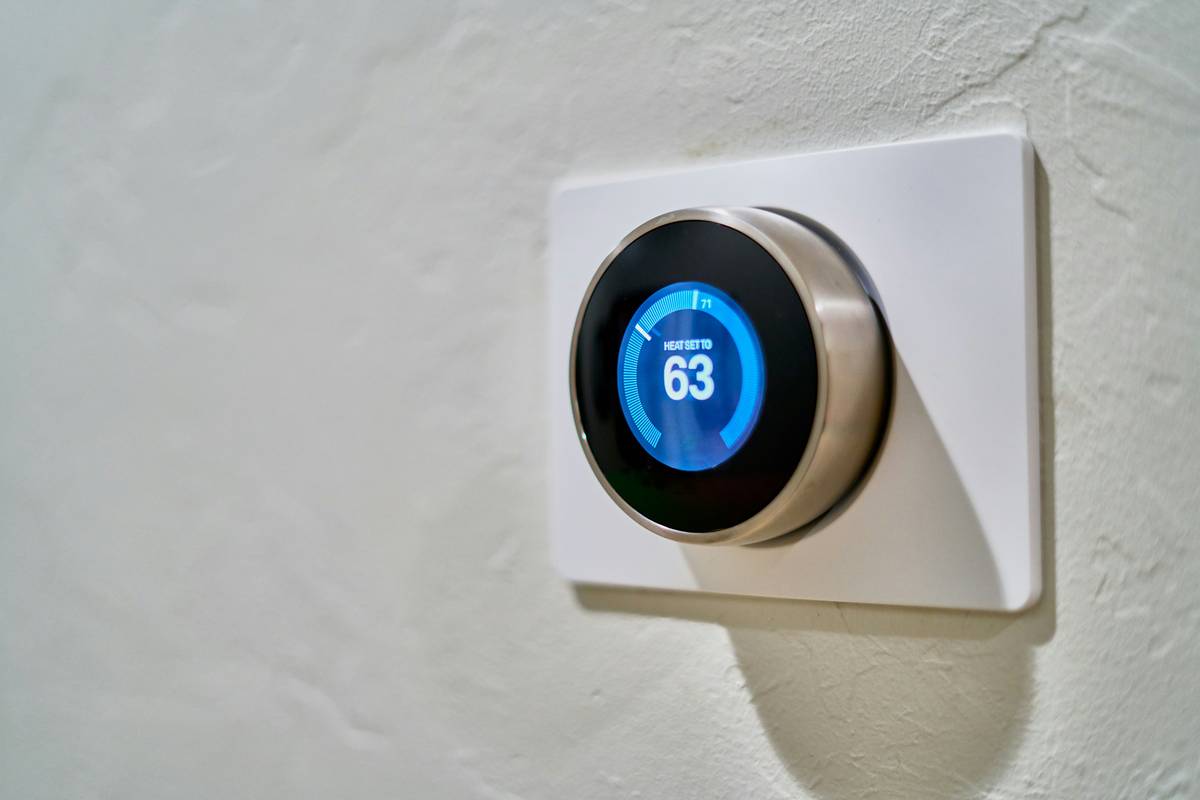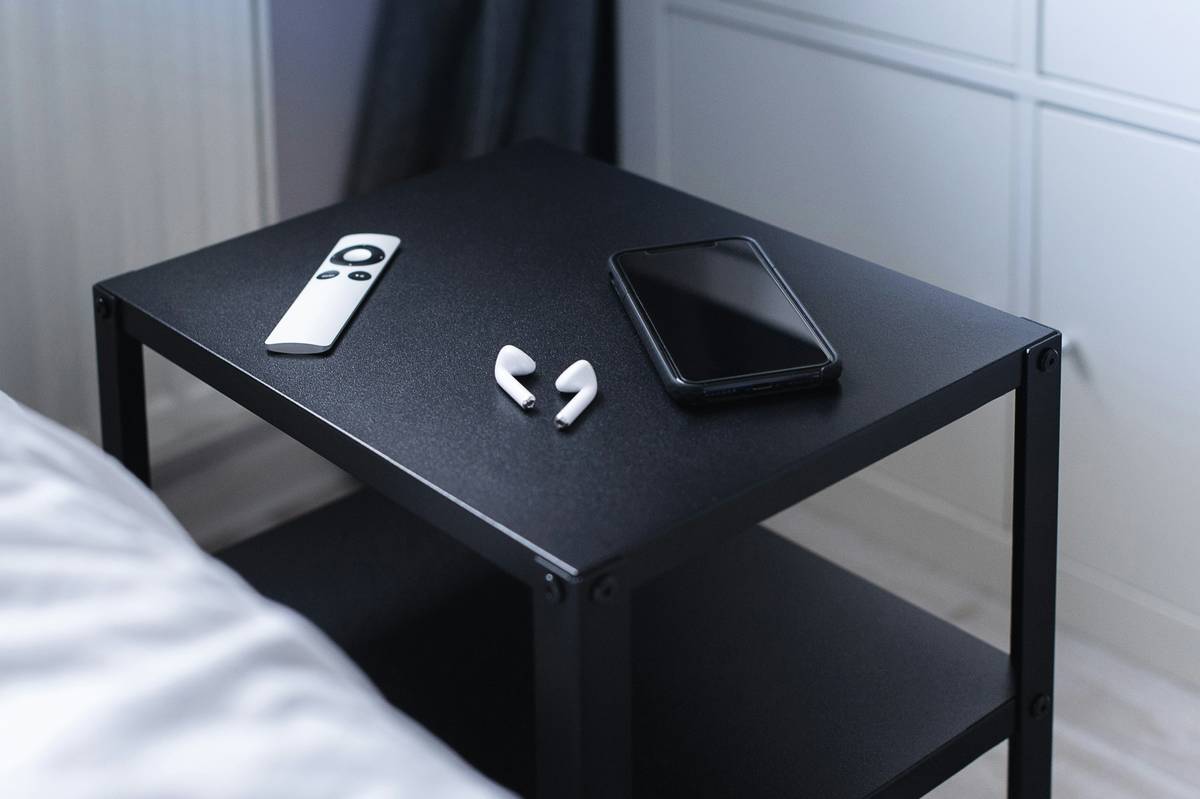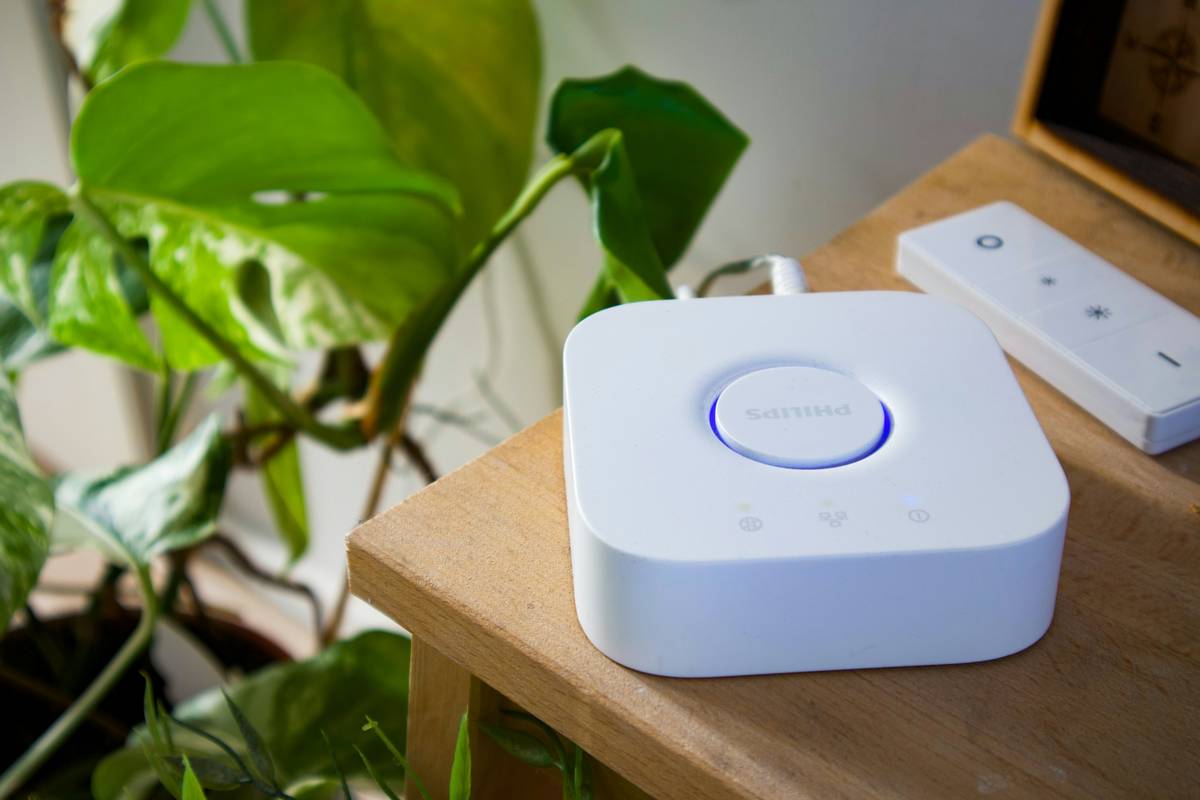Ever walked into a room and wished your furniture could just… know what you need? What if your couch knew when you were stressed and adjusted its lumbar support? Or your desk tilted at the perfect angle before you even thought about ergonomic bliss? Sounds like sci-fi, right? Well, it’s 2024, and smart furniture sensors are here to make that dream a reality.
In this guide, we’re diving deep into the world of smart furniture sensors. You’ll discover:
- Why these tiny tech marvels matter for your home.
- A step-by-step breakdown of how they work (spoiler: it’s simpler than you think).
- Pro tips to maximize their potential without losing your sanity.
- Real-life examples of smart furniture in action.
Table of Contents
- Key Takeaways
- Why Smart Furniture Sensors Matter
- How Do Smart Furniture Sensors Work?
- Tips for Choosing and Using Smart Furniture Sensors
- Examples of Smart Furniture Transforming Homes
- FAQs About Smart Furniture Sensors
Key Takeaways
- Smart furniture sensors enhance comfort, safety, and efficiency by adapting to user behavior.
- These sensors rely on motion, pressure, temperature, and voice recognition technologies.
- Pick products compatible with your existing smart home ecosystem to avoid compatibility headaches.
- Future-proofing requires investing in modular, upgradable sensor systems.
Why Smart Furniture Sensors Matter

Here’s the painful truth: most people spend hours tweaking their homes for comfort only to end up with stiff backs and cluttered spaces. Now imagine if your furniture did all the heavy lifting for you—literally! Enter smart furniture sensors, the unsung heroes of modern interior design.
Confessional fail alert: I once bought an expensive “smart” chair that promised automatic adjustments but came without any actual sensors. All it had was a button I had to press manually. Talk about anti-climactic!
The Big Why Behind Sensors
Sensors are the magic behind predictive furniture behavior. They analyze data points like body posture, room temperature, and even vocal commands. For example:
- A bed can adjust firmness based on sleep patterns detected through pressure sensors.
- A desk can rise or lower itself using height detection sensors.
- A sofa can dim lights or play calming music when someone sits down late at night.
Sound too good to be true? Keep reading—it gets better!
How Do Smart Furniture Sensors Work?
Let’s break it down in simple terms because no one has time for jargon overload. Think of sensors as little spies inside your furniture—they gather intel and send it to a central hub where decisions are made.
Step 1: Data Collection
Different types of sensors collect specific information:
- Motion Sensors: Detect movement to activate features like lighting or sound.
- Pressure Sensors: Measure weight distribution for seating comfort adjustments.
- Temperature Sensors: Monitor ambient conditions to optimize heating/cooling functions.
Step 2: Processing
Data from sensors is processed by microcontrollers integrated into the furniture. This process happens lightning-fast, often within milliseconds.
Step 3: Response
Furniture responds accordingly. Example: If a pressure sensor detects prolonged slouching, your chair might vibrate gently to remind you to sit upright.
Optimist You: “This is so cool! Imagine never having to fiddle with settings again!”
Grumpy You: “Ugh, fine—but only if coffee’s involved.”
Tips for Choosing and Using Smart Furniture Sensors

Now, let’s talk practicality. Not every sensor-laden piece of furniture is worth your hard-earned cash. Here’s my brutally honest guide to avoiding disappointment:
1. Check Compatibility
Before buying anything, ensure the product syncs seamlessly with your current setup (e.g., Google Home, Amazon Alexa). There’s nothing worse than shelling out $$$ for tech that doesn’t speak the same language as your other devices.
2. Look for Modular Systems
Predictive maintenance isn’t just for cars—it’s crucial for smart furniture too. Opt for pieces with easily replaceable sensors so you won’t have to toss the entire item every few years.
3. Read Reviews Carefully
Ignore glowing testimonials and look for technical specs instead. Are the sensors accurate? How long does the battery last? Do users complain about false activations?
Terrible Tip Alert:
Buying purely aesthetic designs over functionality: Sure, that glowing LED chair looks Instagram-worthy, but will it still impress when the sensors malfunction after two weeks?
Examples of Smart Furniture Transforming Homes
Let’s get real—what does success look like in the wild? Here are some jaw-dropping case studies:
Case Study 1: The Self-Adjusting Standing Desk
Scenario: A remote worker invested in a standing desk equipped with height and motion sensors. The result? Increased productivity and reduced back pain thanks to personalized height suggestions throughout the day.
Case Study 2: Sleep-Tracking Beds
Scenario: A couple purchased a mattress embedded with pressure and heart rate sensors. The data helped them identify stress triggers and improve overall sleep quality.
Case Study 3: Voice-Activated Sofas
Scenario: Parents installed a couch that responded to voice commands. Kids loved the “movie mode,” which automatically dimmed nearby lights and queued Netflix.
“Chef’s kiss” moments guaranteed.
FAQs About Smart Furniture Sensors
Q: Are smart furniture sensors safe?
Absolutely—as long as you buy reputable brands and keep firmware updated. Hackers love outdated IoT devices.
Q: Can I retrofit my existing furniture with sensors?
Not always. Some companies offer DIY kits, but results vary. Better to invest in dedicated smart furniture.
Q: Will smart furniture save me money?
Potentially. Energy-efficient sensors reduce utility bills, especially for heating/cooling systems tied to furniture.
Conclusion
Smart furniture sensors may seem intimidating, but they’re revolutionizing how we interact with our surroundings. By blending cutting-edge tech with everyday items, they promise unparalleled convenience and personalization.
Remember, don’t fall for gimmicky gadgets—prioritize functionality and compatibility. And hey, maybe someday we’ll live in houses where furniture actually talks back. Until then, enjoy the journey!
Like a Tamagotchi, your SEO needs daily care.


